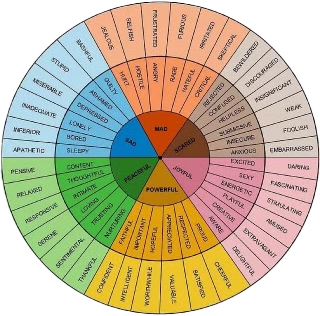Incentives in the Classroom
Versus a Collaborative, Compassionate Community of Celebration.
As a teacher, I struggled with incentives. I wanted students to cooperate and give it their all out of a sense of pride, integrity, and building a trusting compassionate community. The problem was that for many years I taught in communities rooted in poverty. Often parents lacked positive parenting strategies and deferred to fear management. Students came to school lacking trust in authority. As a result, at the beginning of the year I had to establish trust fast. My ultimate goal was to build a trusting compassionate community. How did I bridge this gap? Through a three-step incentive program that eventually evolved into a community that celebrated collaboration, compassion, and accomplishment. In a nutshell:


Step One:
The first week of school was treasure week, each year the gifts varied but the following is a sample. Each day the students received a gift on their desk.
- Day one: a box, container, with a pencil, eraser, three pennies, and a snack. A snack is essential in case a student came without a snack on the first day.
- Day two: a small notepad or journal to keep a diary or notes, and an item linked to Language Arts.
- Day three: a Math related treat such as a box of Smarties which we graphed, individually and as a group, analysing the most dominant colour.
- Day four: items that could be used for a Science experiment, such as raisins and a cup (predicting what would happen to raisins placed in a cup of soda).
On the first day, I explained I would be handing out pennies throughout the day for students who worked hard/participated (effort), made achievements (good results), and cooperated with others. The box was meant to collect pennies. At the end of each week, they would be able to spend their collected pennies at the treat store that I would run. The prices of the treats, a candy, a piece of gum, or chocolate would reflect how good the class was as a whole. If we had a great week then prices would be low. Today the candy incentives would not be allowed however, it could be replaced with stickers or some other inexpensive craft or dollar store item.
Critical to the success of this step is that I had to be diligent in rewarding good behaviour and accomplishments. I walked around with pennies in my pocket and diligently handed them out throughout the day. It let the students know that the class was one of abundance and not rooted in critique, intimidation, and fear. Some might argue bribery, but if you are sincere, fair, and honest the children will be embracing.
This penny incentive treat Friday program continued to Halloween. On Halloween, there was the ultimate final treat store which marked the end of the penny program with a Halloween party.


Step Two:
Preferred Activity Time: PAT
After Halloween, as a class, we would keep a ledger on the chalkboard with accumulated preferred activity time. Preferred Activity Time was defined as time allotted at the end of the week where students could choose what type of educational free time they wanted to engage in. The choices ranged from reading to playing board games, cards, using building manipulatives like Lego, to crafts to using technology. The class awarded minutes for an individual or group achievement in a subject area plus individual or group behaviour (teaming, collaborating, encouraging, and supporting). Minutes would also be removed depending on individual or group negative behavior. On average the free time accumulated would reach between 30 minutes upwards to an hour. This collection of PAT continued until mid-January.
Step Three:
After mid-January discussions were had around whether we need to rely on rewards or could we just be happy with doing the ‘right’ thing and celebrate when we were proud of our accomplishments. It was interesting because what seemed to happen naturally is that the class wasn’t so focused on being rewarded. We all seemed to just naturally wean off the incentives and we chatted more and more about having a celebration when we as a group were proud of our achievements. The students would get excited about planning a movie and popcorn afternoon, heading outside for a walk, or a game of extra recess. Nothing was etched in stone, but there was a sense of pride. Invariably we weaned off the dependency of rewards.
This approach is anchored in setting specific manageable expectations and critical is frequent timely, specific, positive feedback. As teachers and parents, we tend to want to correct, hence focus on the negative. Sure, it is important that one corrects the inappropriate behavior with timely specific feedback, however, not sweating the small stuff and erring on the side of positive goes a long way with children. Their perception is that you are being fair, forgiving, and willing to give them a chance. No one wants to feel that their mistakes or ineffective choices are being micromanaged. A positive fair approach establishes trust faster. Managing from a point of abundance and trust versus fear conveys a leader who is confident and secure. All students want a teacher who is confident and secure.








